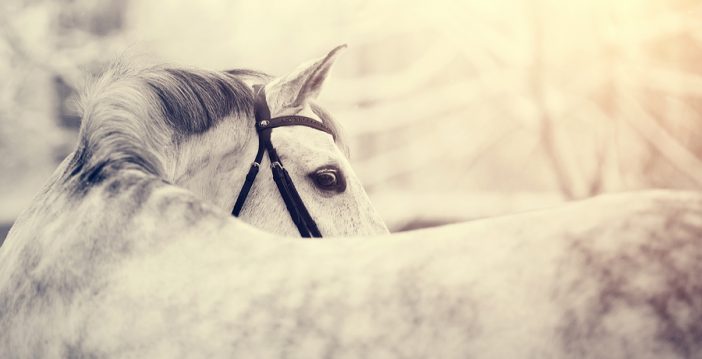

When people hear I’m a veterinarian, they usually say, “Oh, I love animals. I would love to do that. But I could never put them to sleep.” In truth, I never had any real trouble performing euthanasia during my first years as a vet. It was always sad, but so often necessary and generally so peaceful. I cried sometimes, and took some home with me briefly at night, but from the beginning I was able to disconnect enough from the task that thoughts rarely lingered.
One night a few years ago, I dreamed I was being euthanized.
It was the most terrifying experience I’ve ever had in a dream. It was vividly real. I remember calmly watching as a butterfly catheter delivered me to blackness. There was no noise. I knew a moment of panic and suffocation. Then I woke.
Since then I’ve felt the keen edge of our awesome responsibility – to usher a life out of existence, to extinguish a light that was burning, no matter how faintly, of its own volition. I feel immense gratitude that as far as I can tell, my patients don’t see it coming, and don’t know to fight it.
Some euthanasia is black and white: suffering must be eliminated, illness is incurable, quality of life is below any reasonable standard. Others are gray. No obvious suffering, but professed inconvenience; family does not comply with care instructions; or there hovers the ever-present servant of death: lack of funds. Both the black and the gray are more difficult for me now, and I bear the weight of them at night and in the automatic way I draw up sedation, the conversations I have with owners before and after, the dwindling volume of pink solution in each bottle, and the sad bundle I can’t bear to see linger on a treatment table waiting for its paw print.
I often assume all vets are like me – always acutely aware of the immense power we carry in being able to stop a heart. Then I remember that I personally spent very little time with this idea during the first years after graduation. I was far more concerned with how to keep animals alive than with how to let them go, and all they carried with them when they went.
Of course, nurturing life and maintaining health is a much larger part of what I do every day. But I believe I underestimated, with baby vet naïveté, how much the lives we end can, and should, affect how we practice and how we feel at work. I will always view euthanasia as a gift we can give.
It’s never been a responsibility I did not want. The difference is that now, with names stacking up in a drug log, the perspective that can only come with experience, and the memory of how helplessly I waited for oblivion in my own unsettling dream, when the time comes I am always breathless, never nonchalant. When we walk down the hall, syringes in hand, papers signed, a pale horse walks with us, and demands respect.
The views and opinions expressed in this article are those of the author and do not necessarily reflect the position of the DrAndyRoark.com editorial team.
 About the Author
About the Author
Dr. Katie Berlin is a small animal general practitioner in Mechanicsburg, PA. She is also a reader, a rider, a runner, a lifter, a teacher, and an art lover. She graduated from Williams College in 2000 with a degree in Art History and worked in art museums before going back to school and earning her DVM from Cornell in 2009. She is an avid supporter of Fear Free practice and the battle against compassion fatigue in the veterinary profession.